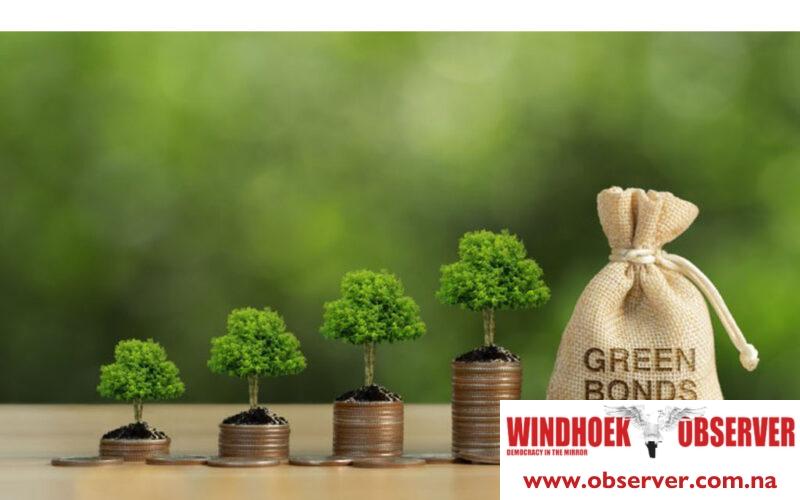CHAMWE KAIRA
Local banks have issued green bonds worth N$980 million in the last six years, figures presented at a Bank of Namibia green financing meeting have shown.
Bank Windhoek issued the country’s first green bond in 2018 and a sustainability bond in 2021, raising N$227 million to fund renewable energy, sustainable agriculture, and biodiversity projects.
In 2022, Standard Bank Namibia issued a green bond to raise N$400 million for solar and wind energy projects, while RMB Namibia, in partnership with FNB Namibia, raised N$353 million for green buildings and renewable energy initiatives.
Central bank governor Johannes !Gawaxab said the transition to a low-carbon economy will require substantial investment.
According to the International Energy Agency (IEA), by 2030, we will need to invest an additional US$2.5 trillion annually in clean energy to meet global climate targets.
In 2023, African countries faced external debt payments totalling $85 billion—nearly three times the amount they received in climate finance.
By 2024, debt servicing will account for at least 18.5% of budget revenues for these nations.
“Given the constraints on government budgets, much of the required financing must come from private capital. This calls for innovative approaches to unlock and mobilise funds. Blended finance will play a key role in addressing the climate finance gap, particularly in developing economies like ours, which contribute a negligible percentage of global emissions and yet are disproportionately vulnerable to the effects of climate change,” the governor said.
The meeting was informed that climate change is already altering the structure of the Namibian economy, with both physical and transition risks threatening the value of financial assets.
“Namibia is facing rising temperatures, erratic rainfall patterns, and more frequent droughts—all of which are negatively impacting key sectors such as agriculture, mining, and manufacturing. The projected economic costs are significant, with the World Bank estimating that climate change could reduce Namibia’s GDP by up to 6.5% annually if we fail to act,” said deputy minister of environment, forestry and tourism, Heather Sibungo.
Namibia has some of the highest solar irradiation levels in the world, which gives the country a particular competitive advantage in the clean energy transition.
By 2030, the government hopes to generate at least 70% of its energy from renewable sources.
Namibia’s hydrogen industry has the potential to become a major contributor to its GDP, creating thousands of new jobs in construction, operations, and research.
Sibungo said transformation will not happen without significant investment. Climate finance is essential for unlocking the potential of the green economy, she said.
According to the Country Report by the African Development Bank, Namibia will need about US$5.3 billion over 2021–2030 to meet its climate change targets and an average of US$565 million annually to meet its green growth objectives.




